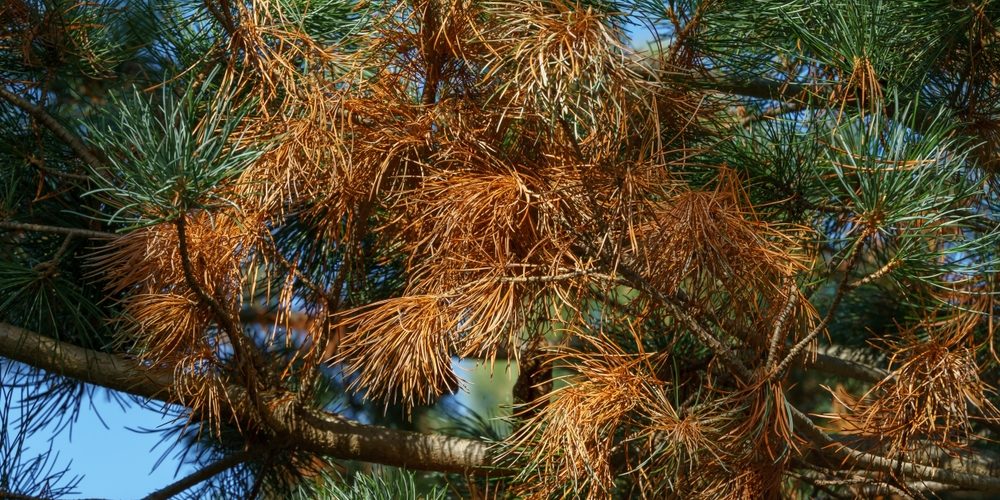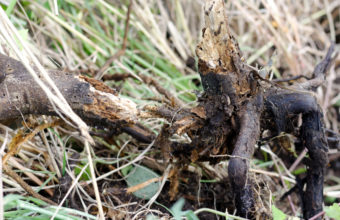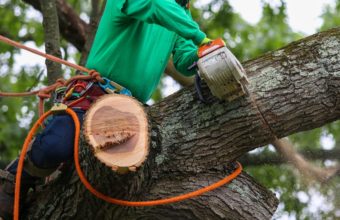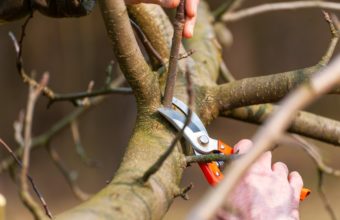When trimming trees, selecting the right branches to remove is crucial for maintaining the tree’s health, safety, and aesthetic appeal.
Three key types of branches that are often targeted for removal include…
1. Dead or Diseased Branches
- Why Remove – Dead or diseased branches can pose safety hazards as they are more likely to fall. They can also be entry points or vectors for pests and diseases that can spread to healthier parts of the tree or even to other trees nearby.
- Benefits – Removing these branches helps prevent the spread of disease, reduces the risk of branch failure, and improves the overall health and appearance of the tree.
2. Crossing or Rubbing Branches
- Why Remove – Branches that cross or rub against each other can cause wounds in the bark, leading to damage and openings for pests and diseases. Over time, these wounds can weaken the branches, making them more likely to break.
- Benefits – Eliminating crossing or rubbing branches prevents damage to the tree’s bark, reduces the likelihood of disease, and helps maintain a strong, healthy structure for the tree.
3. Competing Leaders
- Why Remove – In trees that are supposed to have a single dominant trunk (leader), competing leaders can weaken the tree’s structure, leading to a higher risk of splitting, especially under heavy winds, snow, or ice. This is particularly important in young trees where establishing a strong central leader is vital for future growth and stability.
- Benefits – Removing competing leaders helps to ensure a single, strong central trunk, which improves the tree’s structural integrity and aesthetic form. It can also reduce the need for more drastic interventions later in the tree’s life.
Additional Considerations for Tree Trimming
- Water Sprouts and Suckers – These vigorous, upright shoots can emerge from the trunk or roots and detract from the tree’s form while diverting energy from more desirable growth. Removing them helps direct the tree’s energy into its main structure.
- Proper Technique – It’s important to use proper pruning techniques, making clean cuts just outside the branch collar without leaving a stub or damaging the collar itself. This approach helps the tree heal more effectively and prevents disease.
- Timing – While dead, diseased, or dangerous branches can be removed at any time, the best time for more extensive pruning is usually during the dormant season, except when spring flowering is a consideration or for species with specific needs.
Consulting a Professional
For large trees, those near power lines, or when unsure about the correct approach, consulting a certified arborist or professional tree care service is recommended. They can provide expert advice tailored to the specific needs of your tree and ensure the work is done safely and effectively.






